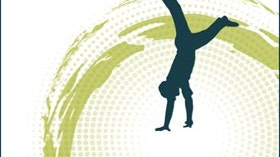Homepage
•
Learning Library
•
Blog
•
Infographic: 4 learning strategies for flipped learning
Expand breadcrumbs
Expand breadcrumbs
- Learning Library
- Blog
- Infographic: 4 learning strategies for flipped learning
- Homepage
- •
- Learning Library
- •
- Blog
- •
- Infographic: 4 learning strategies for flipped learning
Infographic: 4 learning strategies for flipped learning
By Jonathan Bergmann
November 25, 2015








